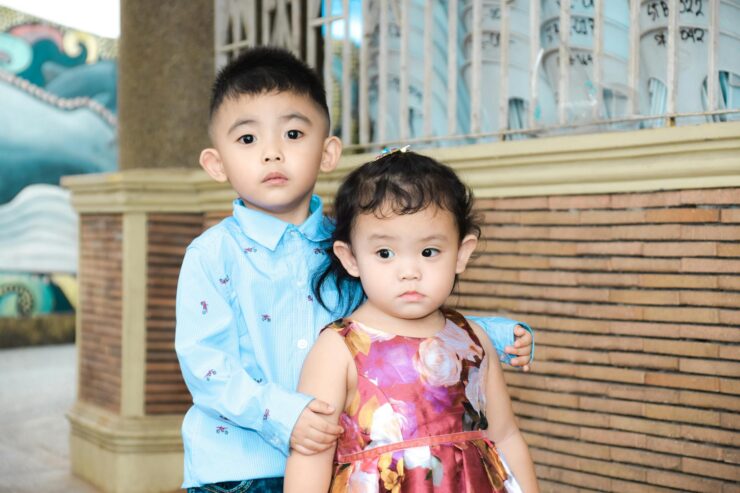The Essence of Raksha Bandhan
Beyond the ritual, a profound spiritual connection
More Than a Sibling Ritual
You know the scene. A sister’s hands fumbling with silk thread. A brother’s awkward smile. Sweets passed around. But if that’s all you see? We’re missing the earthquake beneath the ritual. This isn’t just a cute sibling thing. It’s a silent revolution wrapped in tradition. A heartbeat of our culture asking: “Who will you protect?”
Raksha Bandhan translates to “the bond of protection.” At its core, it symbolizes the sacred duty to protect, the commitment to stand by each other, and the spiritual connection that transcends physical relationships.
Sacred bond of protection
Whispers from the Old Stories
Ancient origins of the Rakhi tradition
Ancient wisdom and traditions
Divine Origins
Let’s rewind. Way back. Past your grandma’s stories. Remember Indrani? When the skies roared with war, she didn’t just pray for her husband Indra—she acted. Tied a thread on his wrist. Simple? Maybe. But that thread became his armor. His fight changed. He won. That’s where this began—not as “brother-sister day,” but as a pact with the divine. Protection wasn’t polite—it was life or death.
In the Mahabharata, Draupadi tore a strip of silk from her sari to bandage Krishna’s bleeding wrist. Touched by her concern, Krishna pledged eternal protection. This sacred bond manifested when he protected her dignity during her disrobing.
“The rakhi isn’t just a thread—it’s a live wire connecting human hearts to divine protection.”
The Profound Symbolism
Understanding the spiritual significance
That Tiny String? It’s a Live Wire
Don’t underestimate that flimsy-looking rakhi. It’s:
- A sister’s prayer (“Be strong”)
- A silent vow (“I see you”)
- An ancient shield (“Walk safe”)
When she ties it? She’s not just asking. She’s arming you. The rakhi symbolizes the interconnectedness of all beings and the sacred duty to protect dharma (righteousness).
The sacred thread as spiritual armor
Divine energy in the thread
Gods in the Thread
We chant Vishnu, Durga, Lakshmi, Saraswati. Why?
- Vishnu: That instinct to guard what’s sacred
- Durga: The fire in your gut when you fight
- Lakshmi/Saraswati: Grace and wisdom—so protection isn’t brute force, but right action
That rakhi? It’s their energy in your veins. Each knot represents a divine quality to be cultivated in daily life.
Modern Significance
The timeless message for today’s world
Universal Protection
Every woman you meet? She’s your sister. Every man? Step up. Not because she asked. Because it’s in your bones.
Sisters as Protectors
Sisters today hold scalpels in operating rooms, command border outposts, build empires. Protection isn’t gendered—it’s human.
Breaking Barriers
History shows how rakhi cuts through hate—Rani Karnavati’s rakhi to Mughal Emperor Humayun created an alliance beyond religion.
Planting Values
Raksha Bandhan teaches children that respect isn’t taught—it’s felt tying that thread. Promises aren’t words—they’re weight.
The Spiritual Timeline
Evolution of Raksha Bandhan through history
Vedic Era
Origins in the story of Indra and Indrani, where a sacred thread was tied for protection in battle
Mahabharata Period
Draupadi and Krishna establish the spiritual bond beyond blood relations
Medieval India
Rani Karnavati sends rakhi to Humayun, transcending religious boundaries
Freedom Movement
Rabindranath Tagore used rakhi to promote Hindu-Muslim unity during partition
Modern Times
Rakhi evolves to represent protection of environment, society, and universal values
The Ultimate Gift
So yeah, buy the fancy rakhi. Share the ladoos. But the real gift? A world where your sister walks free. Fearless. Head high. That’s “raksha.” That’s “bandhan.”
At its core? Her hands tying the thread: “I trust you with my life.” His wrist offered: “Your dignity is my fight.” No show. No debt. Just love and duty crashing together.


Leave a Reply